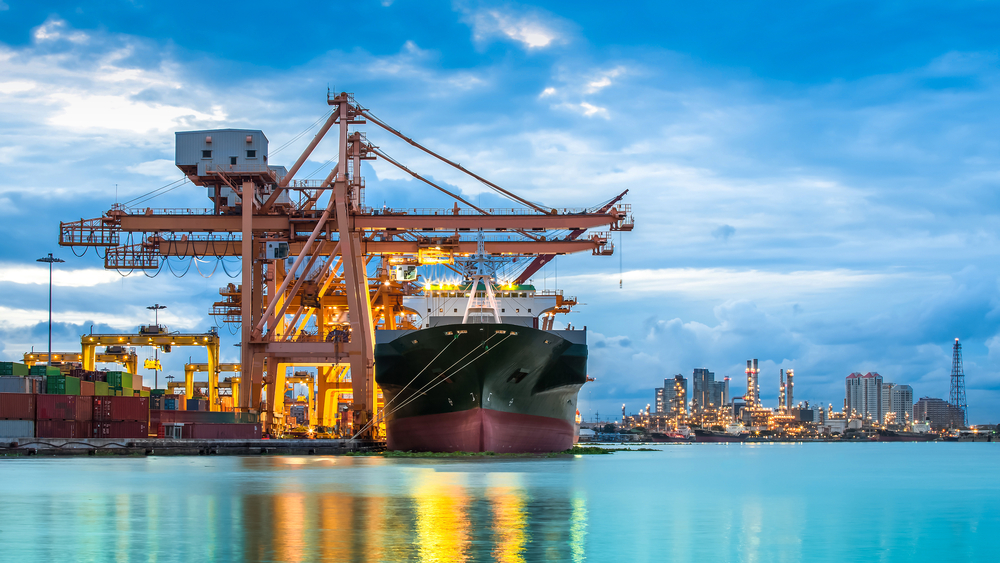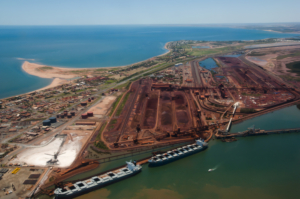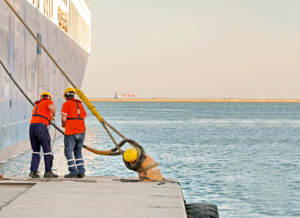An integrated approach to port planning, operations, & risk management through technology
Ports and shipping channels are critical components of many nations’ transport infrastructure, and make a significant contribution to the economy. With increasing global trade comes further pressures on ports through greater volumes, larger vessels, and more demanding shipping schedules. This is occurring against a backdrop of increasing regulatory, environmental, and social requirements for port authorities and operators that makes development more challenging. Furthermore, port authorities often hold the dual responsibility of facilitating trade and ensuring port safety.
Advancements in technology from a range of fields in the maritime sector are enabling new solutions to these challenges. Developments include improvements in hydrodynamic modelling capabilities, high density bathymetric surveys, improvements in weather forecasting, cost effective access to real time met-ocean data, advancements in environmental data assimilation techniques, broad adoption of AIS and Electronic Navigational Charts (ENCs), and high precision measurement of vessel motions in full scale and real time using DGPS and IMU technologies. Each of these developments individually has provided benefits to the industry. However, the greatest benefits, from the dual perspectives of risk management and efficiency, are realised when they are integrated and implemented across both the planning and operations of a port.
Changes across the industry, and within specific port environments, such as vessel sizes, transit speeds, channel depth profiles, transit times, and changes to port layouts resulting from new berths or dredging can influence the applicability of long standing port procedures and risk management functions, particularly static UKC regimes. To highlight the changing nature of the port operating environment, this paper presents three separate examples where assumptions about port operations have been incorrect, and consequently, the design or operating procedures have required amendment. The paper culminates with case studies for the Ports of Port Hedland, Whyalla and Geelong, to examine how a suite of integrated software solutions deliver increased safety and improved operational performance. This is achieved through a consistent approach to port planning, capital and maintenance dredging, vessel fleet planning and chartering, vessel transit planning, and real time in-transit monitoring.
Click here to read the full article: https://omcinternational.com/wp-content/uploads/2010/02/PIANC-2018-An-Integrated-Approach-to-Port-Planning-Operations-Risk-Management-Through-Technology.pdf


